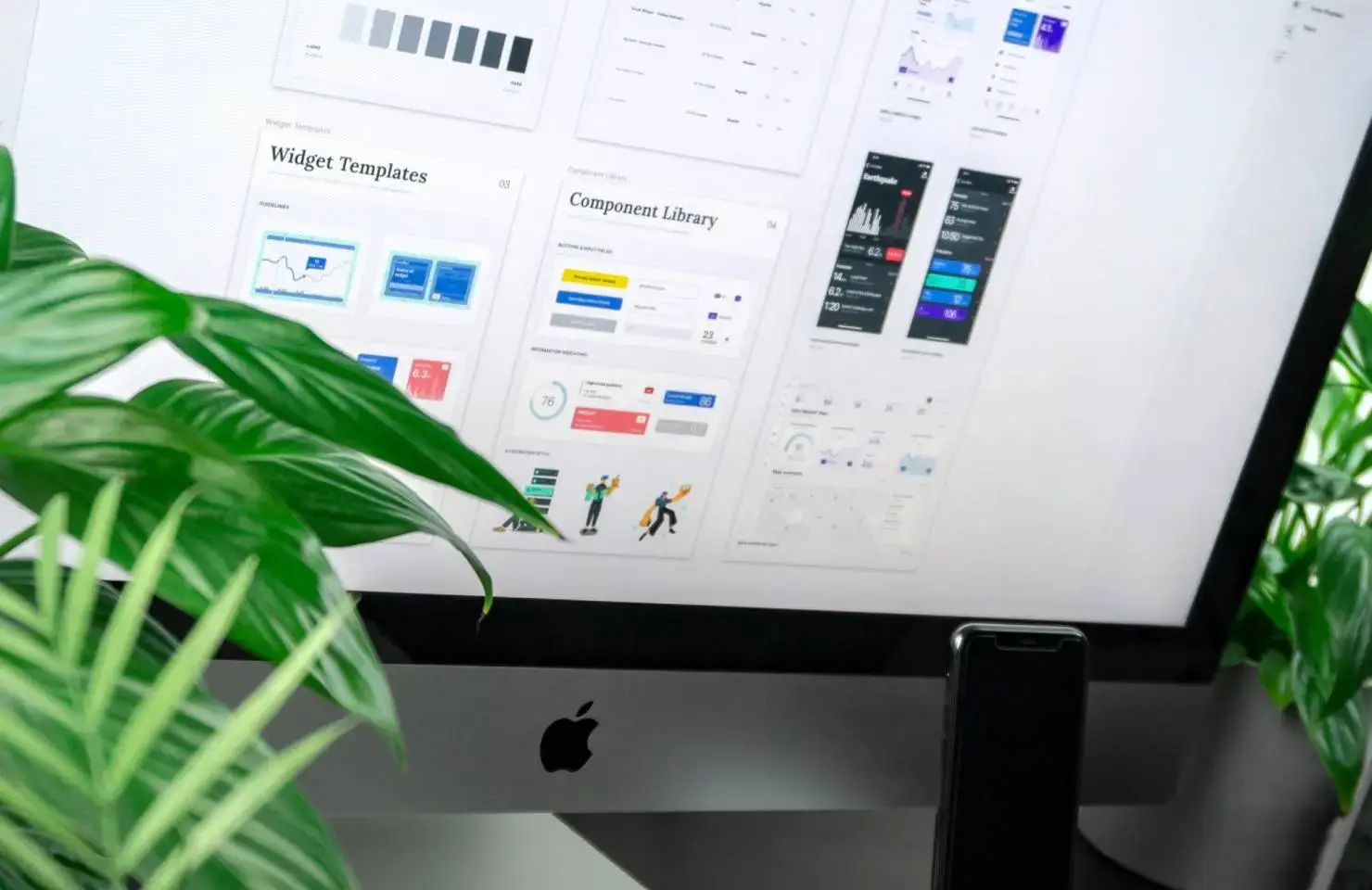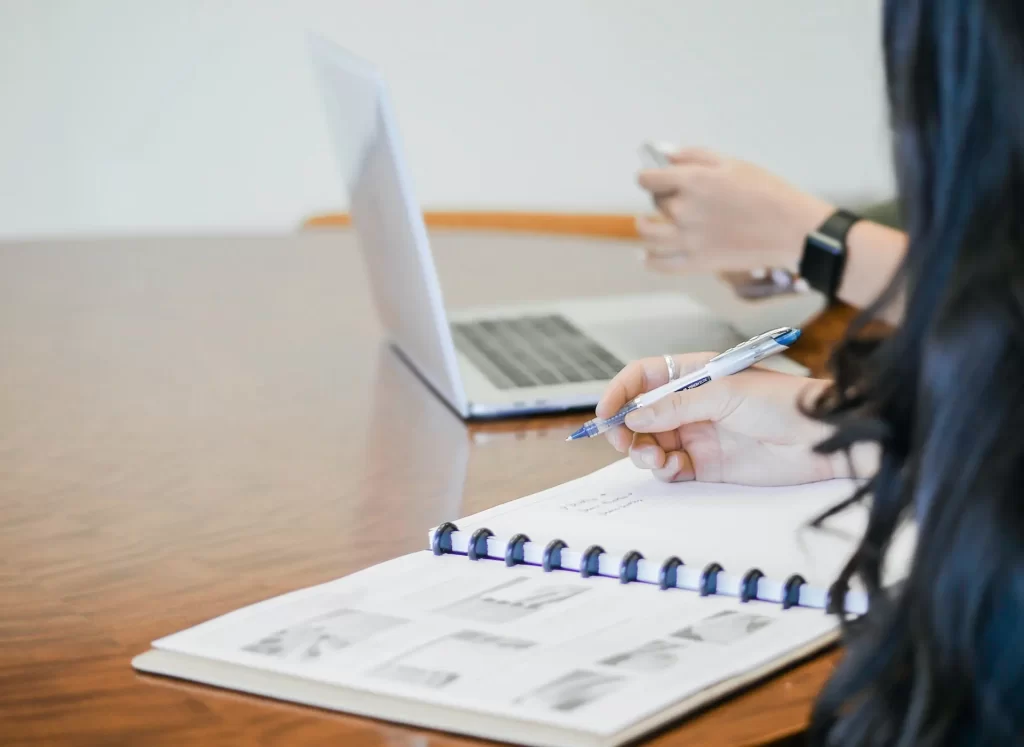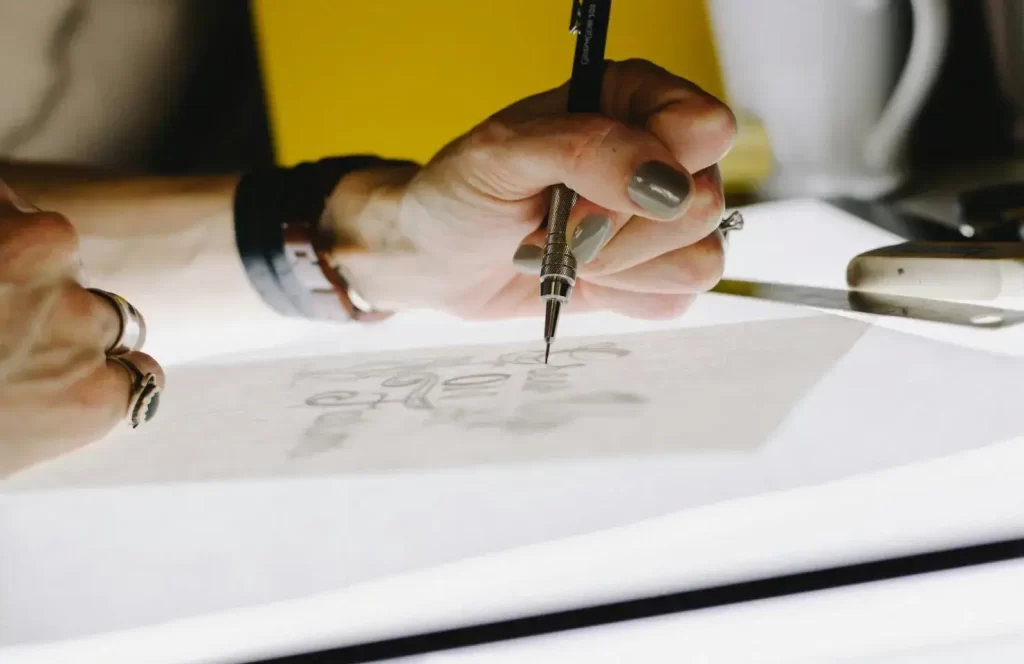Don’t spend weeks polishing your portfolio only to slip up during the interview process. Here are some graphic design interview questions you can prepare for.

Whether you’re a seasoned graphic designer with years of experience or brand new to the design industry, one thing never changes: interviews are stressful.
Most graphic designers spend weeks polishing their portfolios in preparation for a graphic design interview but then neglect to spend enough time preparing answers to common interview questions. Portfolios are great to show off your design skills and showcase recent graphic design projects, but in the increasingly-competitive design industry, how well you interview can be what allows you to stand out from a sea of other applicants.
At the end of the day, hiring managers are looking for the best graphic designers for the job. That doesn’t necessarily mean they’re looking for the candidate with the most impressive portfolio. The interview process is where great designers can really stand out and is the perfect opportunity to showcase their passion for the role, skills, and creative process.


Thankfully, there are some common interview questions that most hiring managers will ask during the interview process. By carefully preparing answers for these questions ahead of your interview, you’ll dramatically increase your chances of making a good impression and landing a job offer.
13 graphic design interview questions
1. Can you walk me through your design portfolio?
“My portfolio includes a mix of branding, social media, and web design projects. For example, I redesigned a local café’s identity, which included a new logo, menu design, and packaging. I also worked on a mobile app interface that focused on user-friendly navigation. Each project reflects my ability to adapt my style to different client needs while maintaining strong visual consistency.”
2. What inspired you to become a graphic designer?
“I’ve always been drawn to visual storytelling. As a teenager, I enjoyed creating posters and digital art, and I realized design could combine creativity with problem-solving. What inspires me most is the impact design can have — from shaping how a brand is perceived to making information clearer and more engaging.”
3. Which design projects are you most proud of, and why?
“I’m particularly proud of a rebranding project I did for a small nonprofit. They wanted a more modern, professional image to attract sponsors. I created a fresh color palette, a new logo, and templates for their social media. Their engagement rates doubled after the rebrand, which showed me how design can directly influence results.”
4. What design tools and software are you most comfortable using?
“I primarily use Adobe Creative Suite — Illustrator for vector graphics, Photoshop for image editing, and InDesign for layouts. I also work with Figma for UI/UX projects and Canva for quick marketing templates. I’m comfortable switching tools depending on the project.”
5. How do you approach a new design project from start to finish?
“I start by gathering information — understanding the client’s goals, audience, and brand identity. Then I research competitors and trends for inspiration. Next, I sketch concepts, create mood boards, and draft initial designs. I refine the designs based on feedback and finalize deliverables with attention to detail, ensuring they meet technical specs.”
6. How do you balance creativity with meeting client requirements?
“I see requirements as a framework rather than a limitation. I focus on the client’s goals first, then explore creative ways to express them. If a client wants something very specific, I deliver that but also provide an alternative option to show how creativity can enhance their vision.”
7. How do you handle creative blocks?
“I usually step away and do something different — go for a walk, browse design inspiration sites, or sketch unrelated ideas. I also revisit the project brief to refocus on the main objective. Often, inspiration comes when I shift perspective.”
8. Can you describe your design style?
“My style leans toward clean, modern, and minimal design, but I adapt depending on the project. I like using bold typography, strong visual hierarchy, and balanced color palettes. My goal is always clarity and impact rather than overcomplication.”
9. How do you respond to constructive criticism on your designs?
“I welcome feedback because it helps me improve. I try to understand the reasoning behind the critique and ask clarifying questions. If I disagree, I explain my design choices respectfully but remain flexible. I believe collaboration produces stronger results.”
10. Tell me about a time you had to collaborate with a team or client on a design project.
“In one project, I worked with a marketing team to design a product launch campaign. The marketing team provided data-driven insights, while I focused on visuals. We held weekly check-ins to align on messaging and design. The result was a campaign that increased engagement by 40%.”
11. How do you prioritize multiple design projects with tight deadlines?
“I create a timeline and break down each project into tasks. I prioritize based on urgency and impact, then use tools like Trello or Asana to stay organized. Communication is also key — if timelines are tight, I make sure clients or teammates know what to expect.”
12. How do you ensure your designs are accessible and user-friendly?
“I follow accessibility guidelines like maintaining high contrast, using readable fonts, and ensuring proper text size. For web/UI projects, I also test designs for color blindness and mobile responsiveness. Accessibility isn’t just compliance — it’s about making sure everyone can engage with the content.”
13. Where do you look for design inspiration and to stay updated on trends?
“I stay updated through platforms like Behance, Dribbble, and Pinterest. I also follow design blogs, attend webinars, and keep an eye on brand campaigns in the real world. I believe inspiration can come from anywhere — art, architecture, or even nature.”



